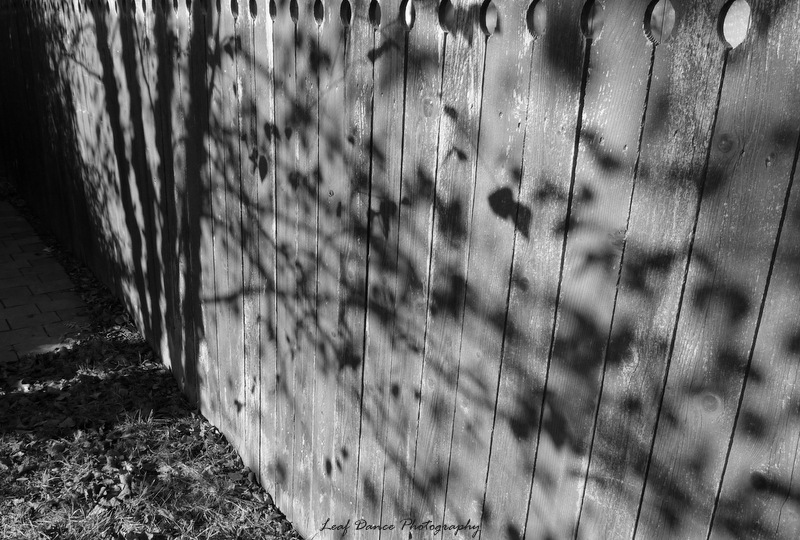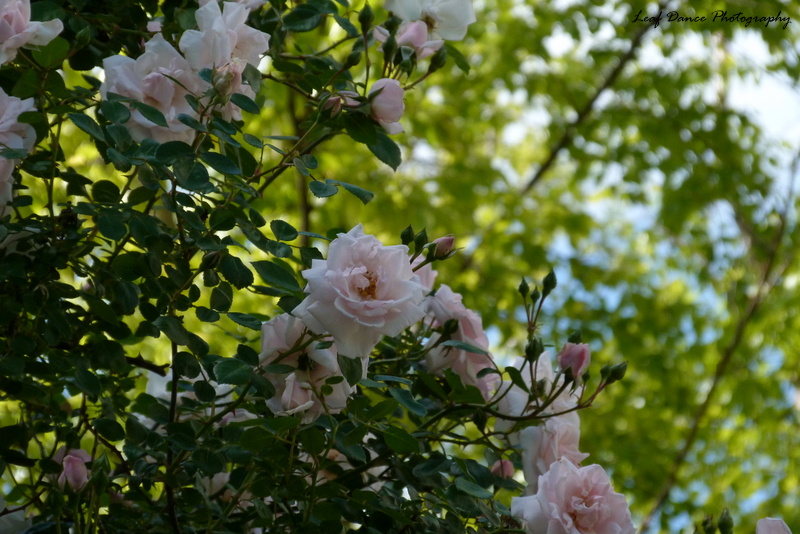Beams of pure white, streaming into the brilliant blue sky, setting the clouds afire with light....
Isn't it Stunning?
Just like a person grabs one cookie off a plate, goes back for one more, then another . . . I turned the sun into a star once; now I find it hard stop.
Partly because my old camera, well, it tried it's best; but even it's best couldn't hold a candle to to the sunbursts I can take now. And usually, the sunbursts I did get...were on accidental, unplanned and didn't happen often.
Then the other day, I was capturing the typical fluffy summer clouds that've been drifting by . . .
(Pretty cool in and of themselves, I might add)
When the sun popped out of hiding to show it's jubilant face . . . and turning it into a star just made the whole picture pop!
(Bonus: Did you know that when thin clouds reaaaaally close to the sun, you can see a miniture rainbow?! Often just red and blue, but sometimes yellow as well. =D )
Experimenting further, I found that if the bulk of the sun is behind, say, a tree trunk, then you'll get lots of miniture sun stars peeping through the leaves.
How does one get a star shape from the sun at all?
It's actually really, really, easy; simply use an f stop of at least
8f, or, preferably, about
22f
On that dandy wheel on your camera, depending on which one you have, there should be an "A" (or Av) which stands for Aperture. When you switch to that mode, you set the aperture and your camera chooses the right shutter speed. Since Manual mode ("M") lets you set everything yourself, you can also use that mode. (Which I did for these shots.)
Just
how big of a difference does aperture make?
This is the same tree, taken only seconds after the two above, but at a large f stop (
f 1.8) looks like this:
Which is rather nice; soft, subtle and peaceful.
Crank it up to f 36 on the other hand - and you get a Dramatic, Flaring Burst of Sunshine!
(
Note: I used a tripod for these shots, because using such a small aperture only lets in a small amount of light, which meant I needed to leave the shutter open longer.)
(
Note no. 2
Don't look at the sun straight through the viewfinder; the light that enters your lens is only
reflected by a mirror to provide an image in the viewfinder, so it has the
same power as looking at the sun
without sunglasses. To get around that, just use the LCD to compose your shots.)
After I mastered the general technique, the creative bug bit me, and I played around with the sun:
I really liked this idea, so I took another one, purposely out of focus, and added words to it.
Wouldn't it be neat if you could touch bokeh? Would they pop just like bubbles? Would they be squuuishy? B o u n c y like rubber balls? One wonders one does...
* * * Could you toss a whole handful into the air like glitter? * * * *
It was a very rewarding evening of Spontaneous Experimenting! =D
God Bless!
~Jenny ♥
If you have any more questions about aperture as pertains to sun stars, don't hesitate to ask!

























































